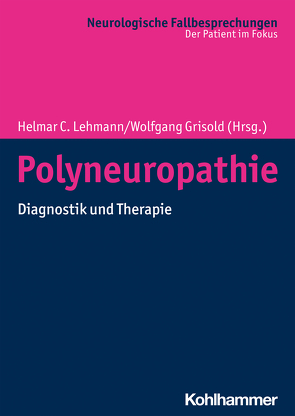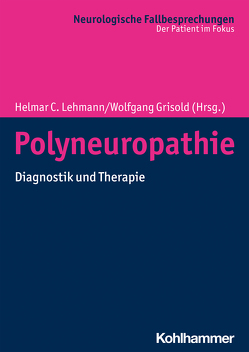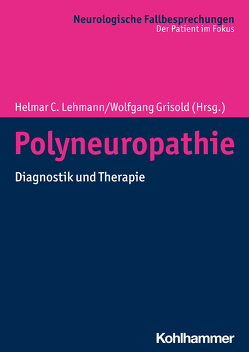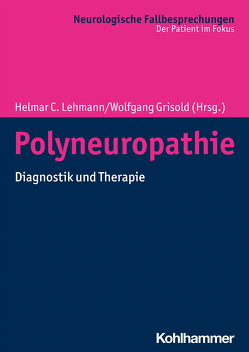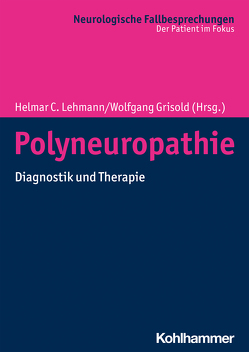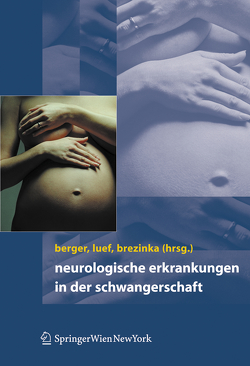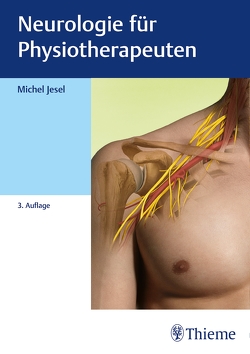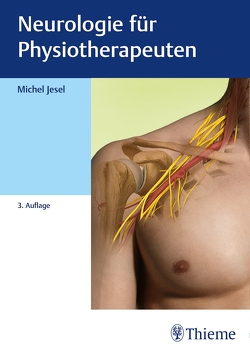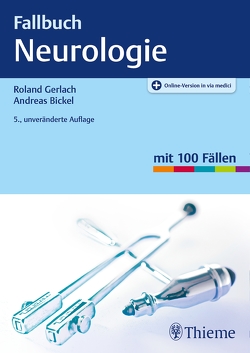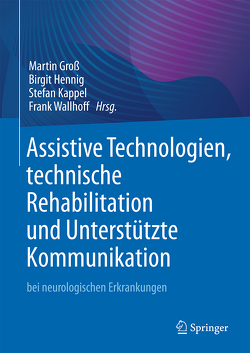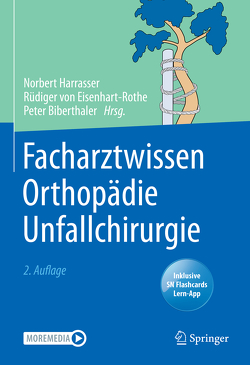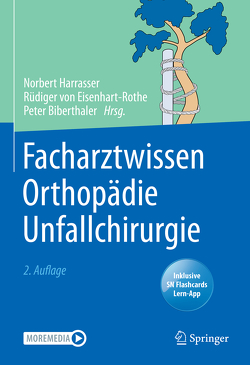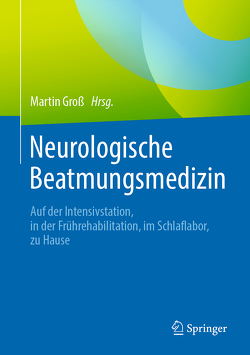Polyneuropathie
Diagnostik und Therapie
Petra Baum, Wolfgang Böhmerle, Jan Bürmann, Maike F. Dohrn, Kathrin Doppler, Josef Finsterer, Maren Fitzner, Elke Frombach, Christian Geber, Hans-Hilmar Goebel, Nicolai B. Grether, Alexander Grimm, Anna Grisold, Wolfgang Grisold, Anu Gupta, Petra Hühnchen, Juliane Klehmet, Heike Kölbel, Martin Krenn, Clara Lehmann, Helmar C. Lehmann, Elisabeth Lindeck-Pozza, Georg Mansmann, Stefan Meng, Kalliopi Pitarokoili, Jens Schmidt, Christian Schneider, Peter Schwenkreis, Frauke Stacheit, Werner Stenzel, Fiona Streckmann, Gilbert Wunderlich, Min-Suk Yoon
Polyneuropathies are among the most common acute and chronic neurological diseases. They have various causes & diabetes mellitus, autoimmune diseases, rheumatism or cancer, toxic or genetic causes, among others, may all trigger a polyneuropathy. The diagnosis is based on clinical and electrophysiological criteria and has been continually improving with the advent of numerous new methods such as neural ultrasound and MRI; however, it is at the same time becoming more complex. The various different treatment methods, which are becoming increasingly disease-specific, are just as heterogeneous as the causes. Symptomatic therapy should always be considered, such as treatment of neuropathic pain, physiotherapy and occupational therapy, coordination exercises and rehabilitation. This book uses brief case reports to describe typical clinical patterns, pitfalls, and practical approaches to the diagnosis and treatment of polyneuropathies. The assessment of polyneuropathies in providing expert witness responses and in classifying possible disabilities are also discussed.
